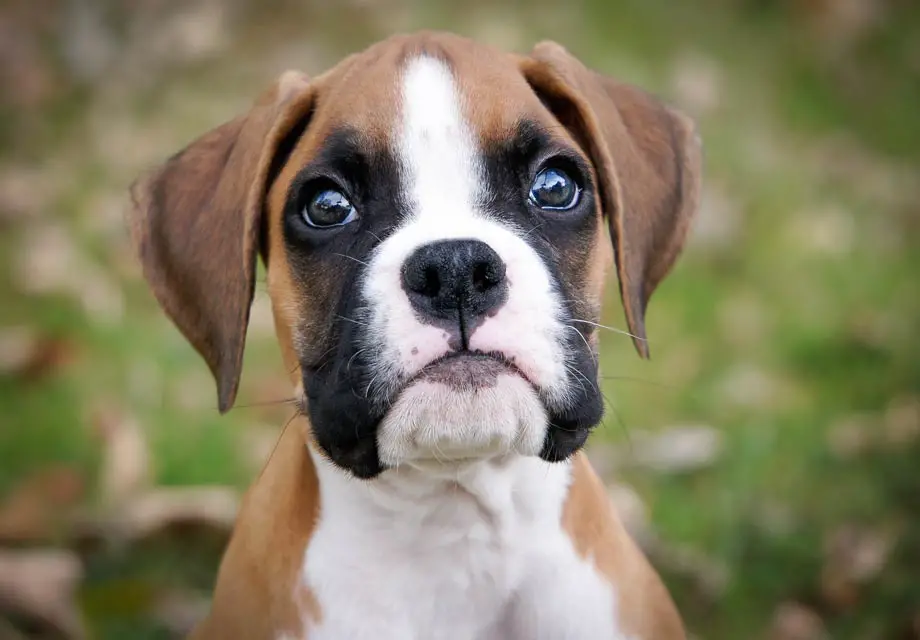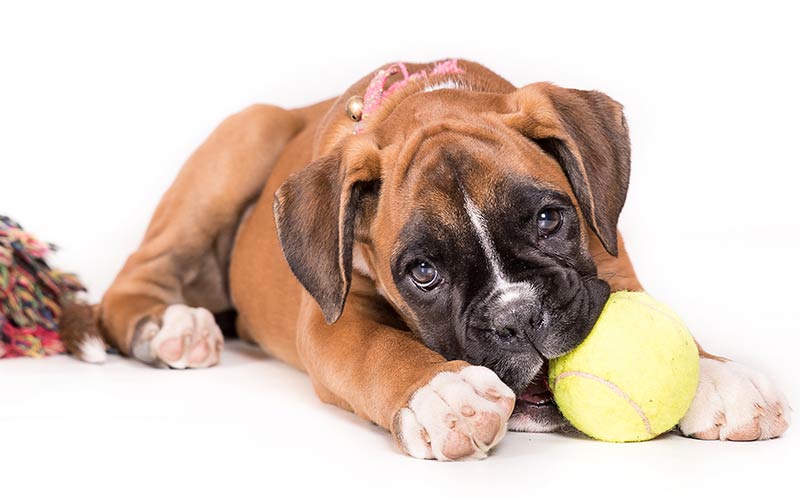Before choosing a boxer puppy, soberly assess your strengths and capabilities. Will you be able to tailor your life to the needs of the dog, and not for a month or a year? Do your family members support you in this endeavor? Who will the dog stay with if you have to go on a business trip or vacation? There are many questions. Only if you have the answers to each of them can you go after your future pet.
What to look for when choosing a boxer puppy?

First of all, get to know the parents and their pedigrees. Much is determined by heredity. Check for genetic diseases. It’s great if there is an opportunity to see puppies from previous litters and chat with their owners. Ask what the lifespan of more distant ancestors is. How did they look and feel in old age?
Go to exhibitions, communicate with breeders, study information. Time will not be wasted on this. It is better to visit several nurseries before making your final choice.
The boxer puppy must be at least 60 days old at the time of purchase.
A healthy boxer puppy is strong enough, good bones, but not too rough. The skin on the neck, eyelids, and head should not sag, be loose, or wrinkled.
The puppy should not belong or squat. The back is wide and flat. The tail is set high, but not pulled up on the back. The ribcage is not too wide, but deep (just below the elbows). Even the little boxer’s tummy is tucked up.
The croup is quite long and wide, it determines the structure of the hind limbs. The thighs are wide, the legs are strong and parallel. Too long hind legs can “give rise” to weak ligaments, the back of such a baby will seem slightly humped. A puppy with normal leg length moves easily, with a long stride.
A baby with good proportions easily and confidently controls his body, does not wobble when moving.
The head should not appear very small or large. The muzzle is wide and rectangular. The lower jaw is massive, wide, and short. The chin is wide, massive, rounded in front.
The correct bite for a boxer is undershot.
The lips are firm to the touch, while dry. The lower lip should not sag. The upper lip lies on the lower lip, the chin is clearly visible. Sometimes in babies, the upper lip slightly overlaps the chin – as a rule, this goes away with age.
The skull is graceful, not too wide, not spherical. Rather, it is angular, as if it consists of planes.
The ears are set high, close to the cheekbones (slightly turned forward).
The darker the eyes, the better. In babies, they can turn gray – this is normal. But a yellow tint is undesirable. The shape of the eyes is close to round. The gaze should be lively, but not harsh or threatening.

The mask is dark, contrasting, does not go beyond the muzzle.
White markings are not a disadvantage.
Ask if the parents participated in training competitions, how successful.
If in doubt that you can make the right choice, consult with a specialist.
Another point to consider docking of tails and ears. Earlier, boxers had both ears and tails cropped. Now animal rights activists have achieved the abolition of ear cropping in many countries. In England, moreover, it is forbidden to dock the tails.
